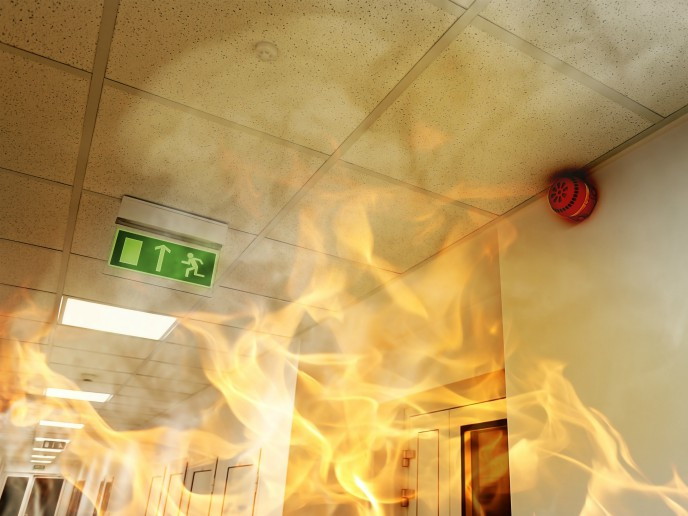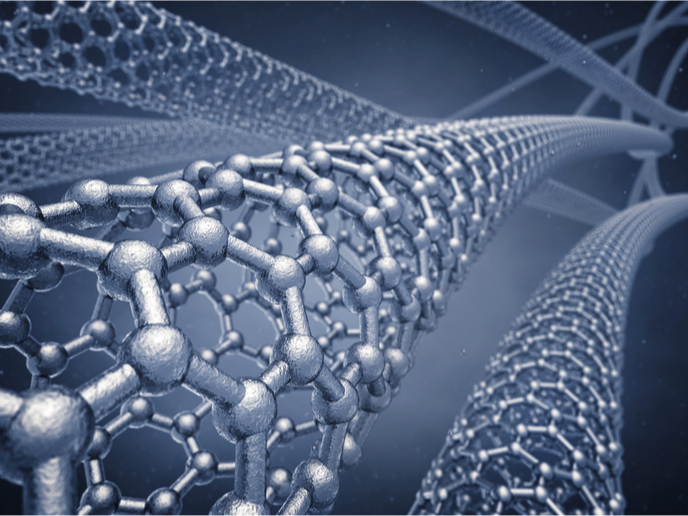Cutting-edge fire propagation model balances speed and accuracy
Fires have always been a serious safety concern, and remain so in Europe. Although the trend is broadly downwards, Europe still suffers around 4 000 deaths annually from tens of thousands of building or house fires. These cost Europe over EUR 100 billion per year. Therefore, fire safety engineers regularly need to model fire behaviour as a substitute for expensive and complicated experiments. However, doing so poses many computational challenges. The EU-funded RAD-FIRE project, undertaken with the support of the Marie Curie programme, developed accurate and efficient fire behaviour models for engineering use. The innovation solves the difficulties facing previous forms of fire modelling. Modelling fire behaviour involves a branch of computing called computational fluid dynamics (CFD), which simulates the whole, taking into consideration the interaction of many complex variables. The most important for fires is thermal radiation, meaning heat travelling directly from the source instead of via air currents or conduction. The modelling challenge “Modelling of thermal radiation in CFD codes for fire simulation has always been a real challenge for fire scientists and modellers,” says Associate Professor Siaka Dembele, project coordinator. “Simple models, that estimate the radiative heat fraction, can be easily run on computers, yet they provide inaccurate results due to their simplifications.” Predictions from these simple models are not very reliable. Conversely, computational techniques including the discrete ordinates model or the finite volume method are far more advanced and accurate, but also extremely demanding in terms of computing requirements. These methods require long calculation times, which is very expensive and impractical for engineers needing to run many simulations quickly. Simple yet accurate “What’s missing in current fire safety CFD codes,” adds Prof. Dembele, “is a credible in-between solution.” This is what RAD-FIRE provided. “Our new model keeps the rigour and accuracy of the advanced models, while also offering reduced computing times.” This means a convenient solution for engineers that is reliable and acceptably accurate. One key to improvement is the calculation of radiative properties of combustion gases (mostly water vapour, carbon dioxide and carbon monoxide). Heat energy is transferred mainly as infrared radiation; like light, infrared wave comes in many distinct wavelengths, analogous to colours, which spread out like a rainbow in the visible spectrum. Hot gases emit energy as emission lines and also absorb energy in lines. Combustion could produce thousands of emission and absorption spectral lines. Current advanced approaches for gas radiation model each line separately, hence the long computing times. RAD-FIRE researchers simplified the spectral calculations from thousands of lines to a few large bands of similar lines. A second element of the improved modelling is simplification of key calculations. The team developed a method involving two approximations for calculating a fire’s radiative heat transfer. Dividing the calculations results in a much simpler algorithm compared to earlier methods. Researchers found it sufficiently able to determine flame characteristics. RAD-FIRE’s new models decrease computational times by more than 100 times in some cases. Yet, the accuracy of the new method is comparable to the old. The considerable time and monetary costs of current fire simulation methods have deterred engineers from using them. Now, thanks to RAD-FIRE’s new compromise algorithm, engineers will be able to economically and accurately model fire, leading to better predictions and safer buildings.
Keywords
RAD-FIRE, fire, modelling, CFD, fire safety, thermal radiation, combustion, engineering, computational fluid dynamics, heat transfer




